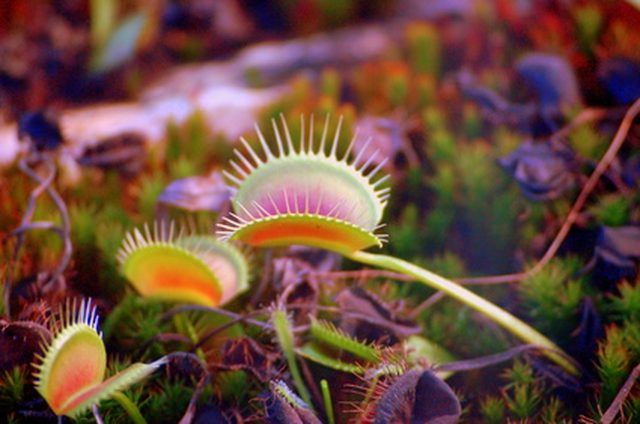Bulbs
Flower Basics
Flower Beds & Specialty Gardens
Flower Garden
Garden Furniture
Garden Gnomes
Garden Seeds
Garden Sheds
Garden Statues
Garden Tools & Supplies
Gardening Basics
Green & Organic
Groundcovers & Vines
Growing Annuals
Growing Basil
Growing Beans
Growing Berries
Growing Blueberries
Growing Cactus
Growing Corn
Growing Cotton
Growing Edibles
Growing Flowers
Growing Garlic
Growing Grapes
Growing Grass
Growing Herbs
Growing Jasmine
Growing Mint
Growing Mushrooms
Orchids
Growing Peanuts
Growing Perennials
Growing Plants
Growing Rosemary
Growing Roses
Growing Strawberries
Growing Sunflowers
Growing Thyme
Growing Tomatoes
Growing Tulips
Growing Vegetables
Herb Basics
Herb Garden
Indoor Growing
Landscaping Basics
Landscaping Patios
Landscaping Plants
Landscaping Shrubs
Landscaping Trees
Landscaping Walks & Pathways
Lawn Basics
Lawn Maintenance
Lawn Mowers
Lawn Ornaments
Lawn Planting
Lawn Tools
Outdoor Growing
Overall Landscape Planning
Pests, Weeds & Problems
Plant Basics
Rock Garden
Rose Garden
Shrubs
Soil
Specialty Gardens
Trees
Vegetable Garden
Yard Maintenance
How to Grow Venus Fly Traps Indoors
How to Grow Venus Fly Traps Indoors. The Venus flytrap (Dionaea muscipula) is a carnivorous plant that produces jaw-like leaves, lined with sensitive hairs. If an insect irritates the sensitive hairs, the jaws will snap closed. Inside the jaws, the leaves secrete an enzyme that helps the Venus flytrap digest the insect. Growing a Venus flytrap...

The Venus flytrap (Dionaea muscipula) is a carnivorous plant that produces jaw-like leaves, lined with sensitive hairs. If an insect irritates the sensitive hairs, the jaws will snap closed. Inside the jaws, the leaves secrete an enzyme that helps the Venus flytrap digest the insect. Growing a Venus flytrap indoors allows you the luxury of enjoying the plant without the worry of outdoor temperatures or frost. In fact, the Venus flytrap propagates by seed, which will germinate within two weeks of sowing indoors.
Things You'll Need
8-inch pot with saucer
Venus flytrap seeds
Distilled water
Spray bottle
Plant warming tray
Grow lamp
4-inch containers with saucers
Plastic bags
Fill an 8-inch pot with organic potting soil. Sprinkle some Venus flytrap seeds evenly on top of the soil. Seed spacing is not an issue, since not all of the seeds will usually germinate. The seeds do not require burial.
Fill a spray bottle with distilled water and moisten the soil. Do not use tap water, which usually contains chemicals that can harm the Venus flytrap. Keep the soil moist throughout the germination process.
Place the pot on a plant warming tray. Venus flytrap seed germination requires temperatures between 75 and 85 degrees F. Place the seed tray in an area that receives bright, indirect light. If this is not possible, place the pot under a grow lamp.
Transplant the Venus flytrap seedlings into their own 4-inch containers filled with organic soil, two to three weeks after they emerge. Continue to maintain a bright indirect light source and warmth as the Venus flytrap plants grow indoors.
Maintain moist soil for the life of the Venus fly trap plants. Once-a-week deep waterings are usually necessary. Allow the water to flow through the soil and out the drainage holes in the bottom of the pots.
Tips & Warnings
Place saucers underneath the pots to collect the water. The saucers will hold the water and make it available to the Venus flytrap plants in between waterings.
Venus flytraps require a dormant period indoors just as they would outdoors. Most Venus flytraps will die back on their own in the winter. When you see this happening (usually around October), place the pots in individual plastic bags and set them in a cool, dark garage or basement until the early spring.
Do not feed the Venus flytraps any type of meat or hamburger. The plants will catch their meals naturally when they land on the leaves.
Do not touch the leaves of the plants to see the jaws open and close. The opening and closing process takes a lot of energy away from the plant.